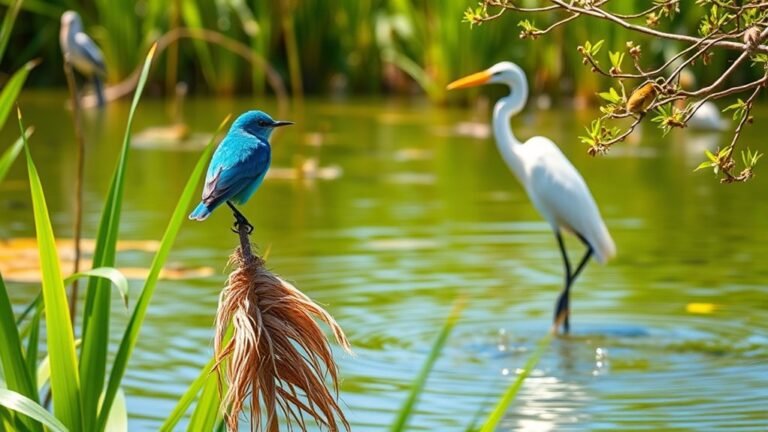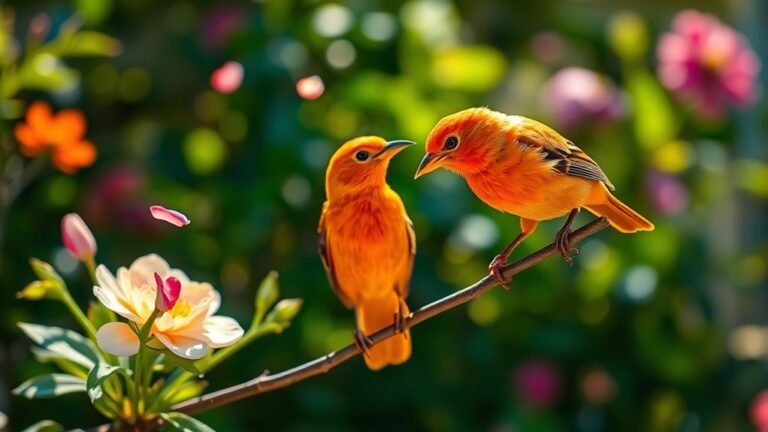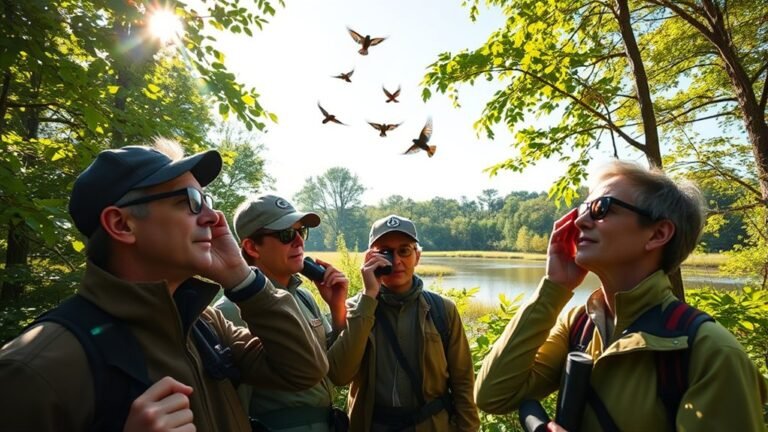What Do You Call a Group of Penguins? Fun Facts
When you think of penguins, you might picture their cute waddle. But did you know there's a special name for a group of them? It's called a "waddle"! This name fits their fun and friendly nature.
Penguins come in 18 different species. They live in places from cold Antarctica to warmer areas. Each type of penguin has its own interesting habits that make them even more charming.
Want to know more about these amazing birds? Let's dive into their world together!
A Quick Overview
Did you know that a group of penguins is called a "waddle"? They really do waddle when they walk on ice!
When they are nesting and taking care of their chicks, we call them a "rookery." Penguins work together to keep their young safe.
Penguins are fun animals. They give gifts, like pebbles, and perform special dances to attract mates.
There are 18 different kinds of penguins. You can find Emperor Penguins in cold Antarctica and African Penguins along the warm coasts of South Africa.
They have cool features too. Penguins have thick blubber and dense feathers that help them stay warm in icy waters.
Penguins are interesting and charming creatures that bring joy to many people!
The Collective Noun for Penguins

When you see a group of penguins waddling together, you might ask, "What do I call them?" The answer is a "waddle." This name fits perfectly because it describes how they move. Penguins waddle in a cute way as they walk across ice.
When they're nesting, you can call a group of penguins a "rookery." This name shows how they work together and look after each other as a community.
Knowing these names makes it even more fun to watch penguins.
Penguin Species and Their Habitats

There are 18 different types of penguins, and each one lives in a special place around the world. For example, Emperor Penguins are the biggest penguins. They live in the cold ice of Antarctica. They're strong birds that face tough weather to take care of their babies. They stick together, which helps them survive.
On the other hand, African Penguins enjoy warmer weather. They live along the coasts of South Africa. You can find them nesting in burrows and playing on sandy beaches. Watching these happy birds can bring a smile to your face and make you feel connected to nature.
Each type of penguin shows us how life can adapt and thrive in different ways.
Fascinating Penguin Behaviors

Penguins are incredible creatures that catch our attention with their unique behaviors. Watching them can be both fun and heartwarming!
- Mating rituals are special. Penguins perform dances and make sounds to impress each other.
- They show love by giving each other pebbles, which is a sweet gift in penguin culture.
- When it's time to eat, they dive into the water. They swim fast and use their flippers to catch fish.
- You might see them sliding on their bellies across the ice. This helps them get back quickly to their chicks.
- Penguins also talk to each other. They use sounds and body movements to stay connected with their friends.
These penguin behaviors highlight how smart they're and how close they're to each other and their homes. Watching them is a delightful experience!
The Social Structure of Penguin Colonies
Penguins live in groups called colonies, and their social lives are really interesting. In these colonies, penguins have a clear order. The stronger penguins show their strength by making loud sounds and doing special movements. This helps keep peace in their community.
When it comes to finding a mate, male penguins perform fun dances. They show off their skills to attract female penguins. These dances are an important part of penguin life and help couples bond. This bonding makes the whole colony stronger.
As you watch the penguins, you may feel connected to them. Every penguin has a role to play, and together, they make their colony a special place. They work together to survive, even in tough environments.
Unique Adaptations of Penguins
Penguins live together in groups called colonies, and they've some cool ways to adapt to very cold places. These adaptations help them stay safe and support each other.
Here are some interesting features of penguins:
- Thick blubber keeps them warm in icy water.
- Dense feathers trap air, which helps them float while swimming.
- Counter-shaded coloring makes it hard for predators to see them from above and below.
- Special foraging techniques allow them to dive deep and catch slippery fish easily.
- Vocal communication helps penguins stay connected and find their mates.
These features help penguins create strong bonds in their colonies. They show how resilient and friendly penguins can be, even when facing tough conditions in nature.
The Role of Penguins in Their Ecosystem
Penguins are cute birds that walk around on ice. They're very important for their environment. As hunters, penguins eat fish, krill, and squid. This helps keep the numbers of these sea creatures from getting too high. Healthy fish and krill populations help the ocean stay balanced and support other sea animals.
But penguins also have their dangers. They're food for seals and big birds. This means that their numbers are kept in check, which is good for the whole ecosystem.
You mightn't think about it, but just by being themselves, penguins help keep nature healthy.
When we protect penguins, we help protect the whole ocean and all the animals living there. So, loving and caring for these playful birds is also taking care of their world!
Fun Penguin Trivia You Didn't Know
Penguins are special birds that many people love. They've a charm that draws us in, but there's even more to learn about them:
- Some native cultures see penguins as symbols of hard work and helping each other.
- In old stories, penguins were often shown as protectors of the ocean.
- Penguin art is very popular. Artists create prints and sculptures that show how playful and fun penguins are.
- Did you know that penguins can hold their breath underwater for up to 20 minutes?
- Their cute waddle helps them keep their balance on icy surfaces.
There's a lot to discover about penguins and the art inspired by them.
Frequently Asked Questions
Are Penguins Birds, Mammals, or Reptiles?
Penguins are birds. They have flippers instead of wings, which help them swim in the water. These amazing animals show how nature can change to help them live in their environment. Penguins are fun to watch and remind us of the cool ways animals adapt to survive.
How Long Do Penguins Typically Live?
Penguins usually live between 15 and 20 years. Their lifespan can change based on things like the type of penguin, where they live, and what they eat. It's interesting to see how their surroundings can affect how long they live and how healthy they are in the wild.
What Do Penguins Eat?
Penguins eat a variety of seafood. Their main foods are fish, krill, and squid. When they feed, they dive deep into the water. They are quick and skillful swimmers. This helps them catch their food. Eating together also makes them feel closer as a group. Watching penguins hunt can be fun and interesting!
Do Penguins Have Natural Predators?
Yes, penguins have natural predators. They face threats from seals and certain birds. To stay safe, penguins use tricks like camouflage to blend into their icy surroundings. They also move quickly to escape danger. These skills help them survive in their cold homes. Penguins work hard to stay alive in a world full of challenges.
Can Penguins Fly at All?
Penguins are really interesting animals, but they can't fly. Unlike other birds with wings made for flying, penguins have bodies built for swimming. Their wings are more like flippers, which help them move gracefully through the water. So, instead of flying in the sky, penguins glide through the ocean, showing off their skills below the surface.
Watching them swim is a special experience. They seem to dance in the water, diving and twisting around. Penguins may not fly, but they are amazing swimmers and have found their own way to shine!

Luna is the passionate founder and author of Birds and You, a website dedicated to sharing her love for birds with fellow enthusiasts. Through her engaging articles and guides, she aims to educate and inspire others to explore the fascinating world of birds. When she’s not writing, you can find Luna observing birds in their natural habitats or sharing beautiful bird photography on Pinterest. Join her on this journey to celebrate and protect our feathered friends!







